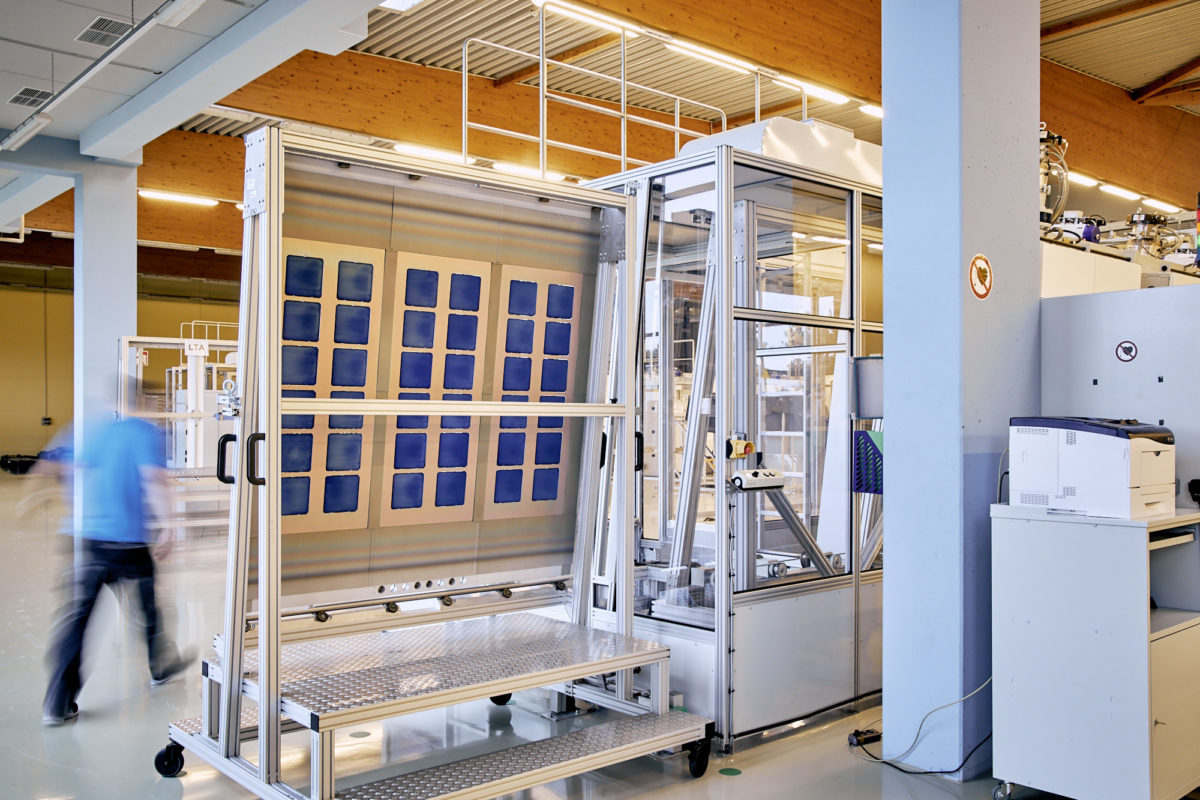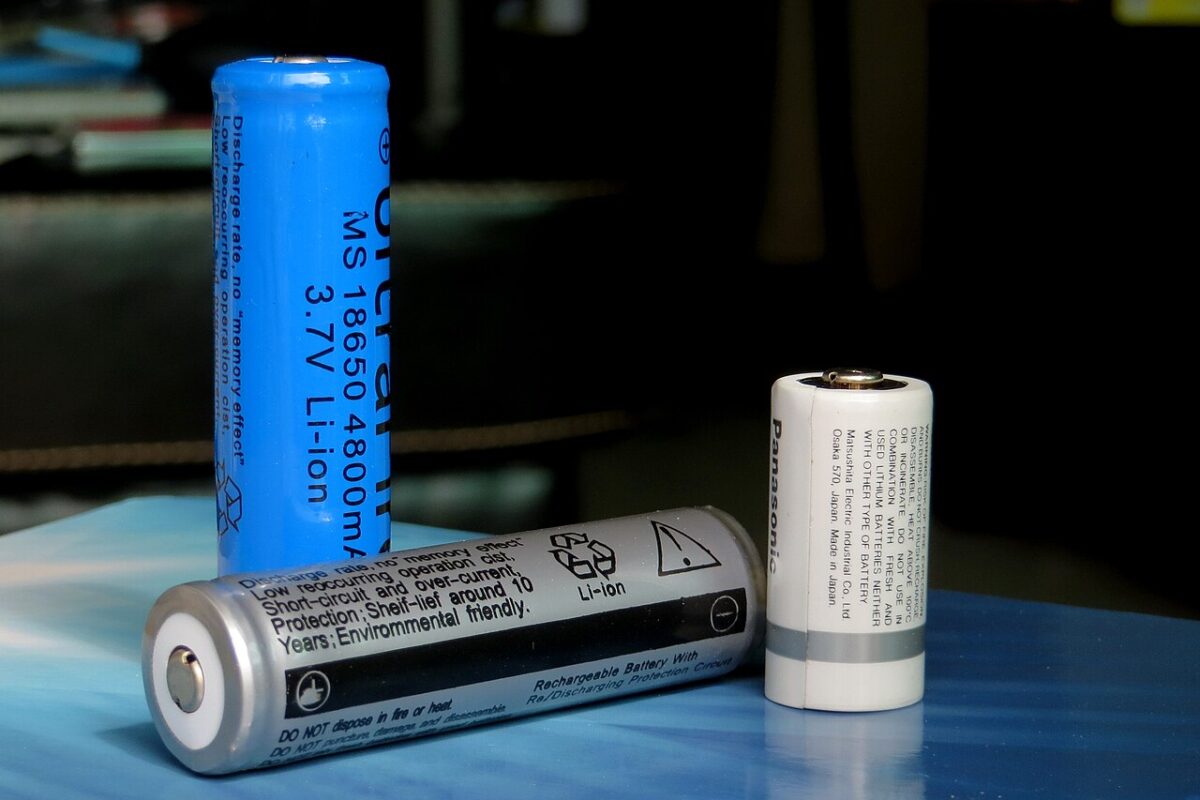While disrupted by Covid-19 restrictions, Oxford PV is moving toward the initial stage of its production plans for its crystalline silicon heterojunction/perovskite tandem PV cells. The company’s initial 100 cell line, installed at a former CIGS solar module factory in the town of Brandenburg an der Havel, Germany, will produce 100 MW of the tandem cells – which may push efficiencies beyond 30% in the future.
“We will commence process integration first, qualification, ramp, and then full production,” Oxford PV CEO Frank Averdung told pv magazine. Averdung said the company will begin hiring the shift workers that will manage the production towards the end of 2021.
Oxford PV’s proprietary perovskite tandem technology involves depositing a thin layer of perovskite semiconductor material onto a crystalline-silicon (c-Si) heterojunction (HJT) base cell – creating the triple junction cell that delivers the high conversion efficiencies. The startup manufacturer, not surprisingly a spin off from Oxford University perovskite research activities, has move than 350 patents for its technology.
Exclusivity and production
Meyer Burger, also an investor in the company, has supplied the HJT cell line and is acting as a turnkey supplier for the perovskite equipment. With the achievement of this milestone, Oxford PV has announced that its “exclusive relationship” with the Swiss company has come to an end.
The partnership between the two companies appears to have been a better fit while Meyer Burger remained a solar production equipment supplier. With Meyer Burger’s pivot to become a HJT module maker, the exclusivity aspect of the partnership may have hamstrung Oxford PV’s future manufacturing expansion plans. The two will presumably move forward as European PV cell manufacturing rivals.
In terms of production, Oxford PV CTO Chris Case points to the simplicity of the cell manufacturing process, despite its novelty and significant efficiency potential. “It is a relatively simple process,” says Case, “there are three machines for the perovskite, it also takes three machines for the HJT – effectively six big machines.” Case acknowledges that one of the perovskite tools is yet to arrive at the Brandenburg facility, however all other equipment and supporting production infrastructure is in place.
The 100 MW line will produce perovskite tandem cells on a M6 wafer format. “The product we are trying to make initially is focused on the rooftop,” explains Case. “And that makes M6 ideal for us, as the biggest module you can make for a single person rooftop installation is roughly 60 M6 cells.” The company has already produced 400 W+ modules based on cells from its R&D line.
Once the 100 MW line is ramped in 2022, Oxford PV will provide the cells to third party module assembly companies for completion. Notably, a feature of the Oxford perovskite tandem cells is that they have “half the current and twice the voltage” of standard c-Si PERC cell, meaning that cell cutting, into halves or third – commonplace today in PERC modules, particularly on larger M10 or M12 wafer cells – is not required.
An additional advantage of Oxford PV’s technology is that it requires significantly less silver in metallization than HJT. “Because it [the silver metallization paste] has to carry less current and silver is directly related to that, we definitely don’t have the same consumption as an ordinary HJT cell.” Case estimates the silver reduction, compared to standard HJT, as being around 50%.
Frank P. Averdung says that the company is in the “final stages” of a funding round that will allow the company to expand beyond the initial 100 MW line – to gigawatt scale. “We hope we will be able to communicate the closure of the funding very soon.”
This content is protected by copyright and may not be reused. If you want to cooperate with us and would like to reuse some of our content, please contact: editors@pv-magazine.com.




1 comment
By submitting this form you agree to pv magazine using your data for the purposes of publishing your comment.
Your personal data will only be disclosed or otherwise transmitted to third parties for the purposes of spam filtering or if this is necessary for technical maintenance of the website. Any other transfer to third parties will not take place unless this is justified on the basis of applicable data protection regulations or if pv magazine is legally obliged to do so.
You may revoke this consent at any time with effect for the future, in which case your personal data will be deleted immediately. Otherwise, your data will be deleted if pv magazine has processed your request or the purpose of data storage is fulfilled.
Further information on data privacy can be found in our Data Protection Policy.